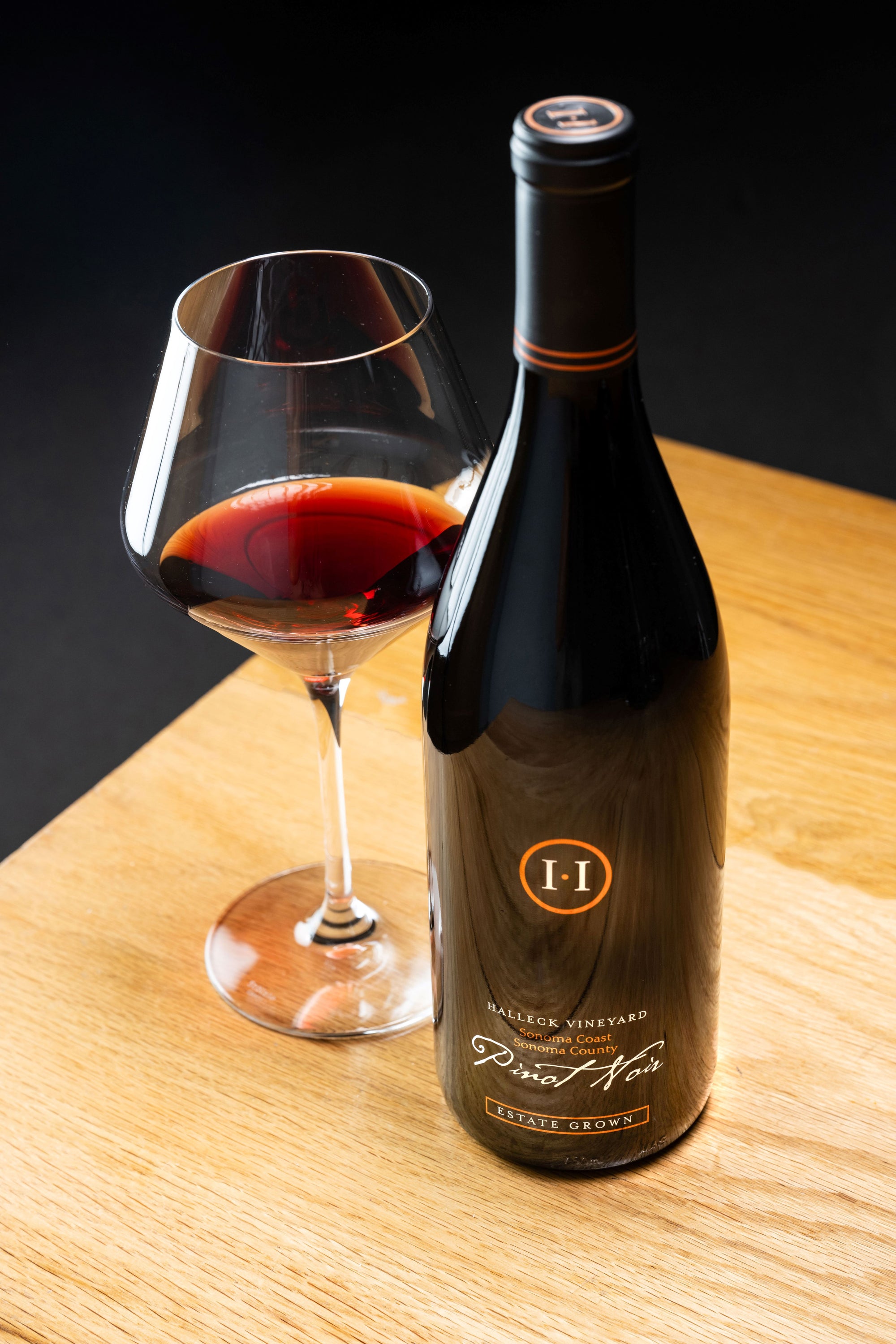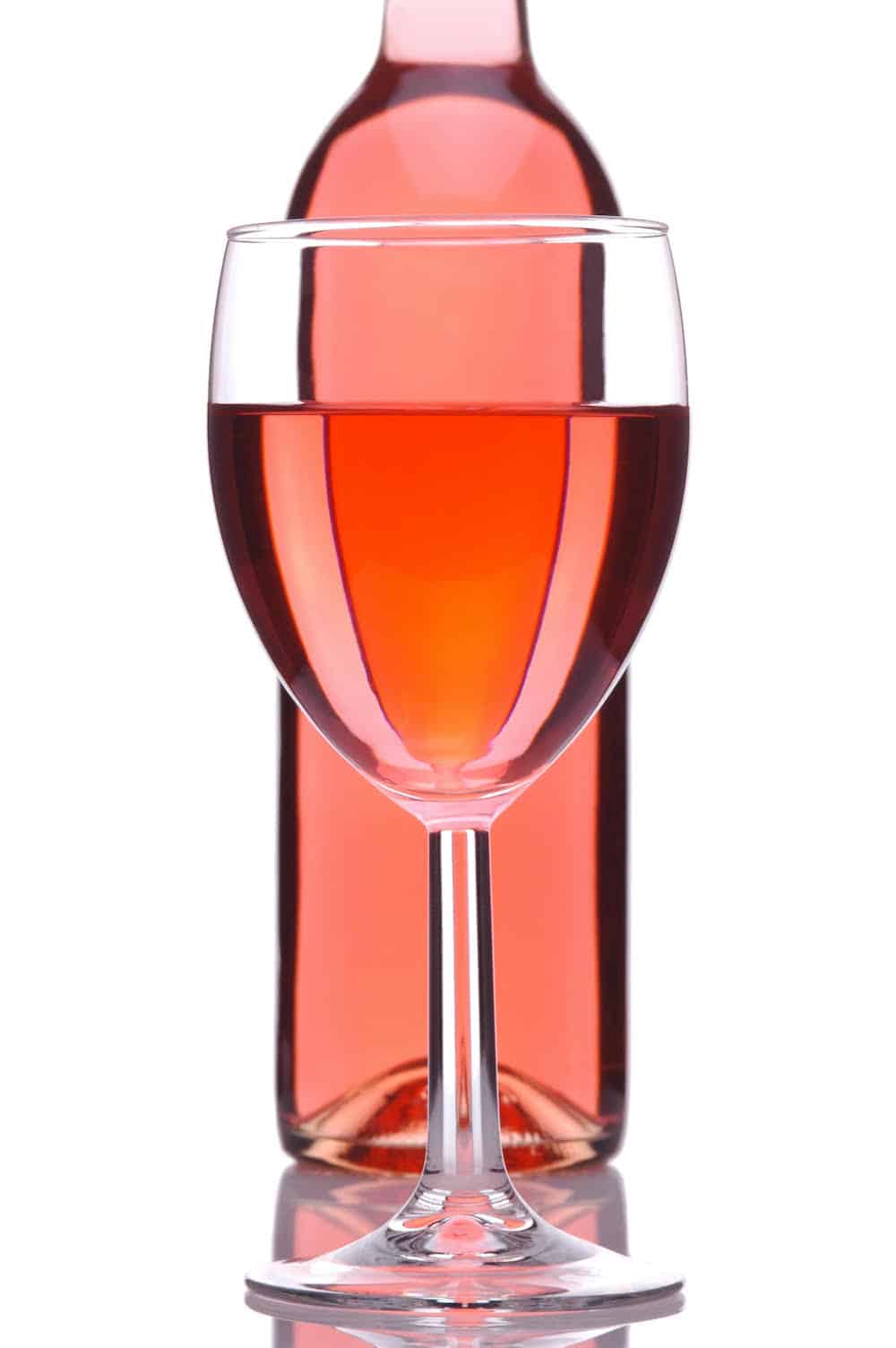Romantic Winery Destinations In Sebastopol - Top Sonoma Wineries To Visit
Romantic Winery Destinations In Sebastopol - Top Sonoma Wineries To Visit
Blog Article
Wineries With Unique Gamay Wines - Vineyard Tasting Events In Sonoma County
Wine tasting is an art that requires practice and an understanding of assorted aspects involved in the course of. One crucial component of wine tasting is the event and interpretation of tasting notes, which serve as a guide for each novices and seasoned connoisseurs. A Guide To Understanding Winery Wine Tasting Notes can improve your wine-tasting experience, making it extra significant and gratifying.
Tasting notes are concise descriptions that seize the essence of a wine’s flavors, aromas, and total character. Usually composed by professional tasters, winery tasting notes supply insights into the nuances of assorted wines. They can help wine enthusiasts perceive what to anticipate from a particular bottle. Nevertheless, tasting notes can range widely in style and detail based mostly on the author's experience and palate.
Wineries With Sustainable Practices - Sonoma's Premier Wine Tasting Events
When you first approach a glass of wine, your senses will begin to engage instantly. The sight, odor, and style of the wine will converge to offer you a complete experience. Tasting notes usually begin with the visible assessment, the place the color of the wine is taken under consideration. Color performs a significant position in indicating the wine’s age, grape variety, and even its flavor profile.
After assessing the visible aspect, the subsequent step entails swirling the wine in the glass. This motion aerates the wine, allowing its aromas to awaken. Smelling the wine supplies critical perception into its complexity. The preliminary sniff can deliver a flood of scents that will include fruity, floral, natural, or earthy notes. This is often probably the most subjective a part of tasting, as individual experiences can dramatically differ.
In winery tasting notes, descriptors are sometimes categorized into primary, secondary, and tertiary aromas. Main aromas normally stem from the grape selection, secondary aromas derive from fermentation processes, and tertiary aromas come up from aging. Understanding these categories might help you respect the depth of a wine, and so they also provide the vocabulary to express your experience better.
Wineries With Educational Tours In Sonoma - Sonoma Vineyard Tours
Following the olfactory encounter, your focus will shift to the style of the wine. This is where the primary characteristics—sweetness, acidity, tannins, alcohol—come into play. Tasting notes typically element these flavors in multiple dimensions, including the preliminary assault in your palate to the lingering end on your tongue. A high-quality wine will current a harmonious steadiness between these factors.
While tasting, it is important to contemplate the body of the wine, which can be described as light, medium, or full. The physique contributes considerably to your total impression, serving to you consider how the wine pairs with food or whether it stands alone as a sipping wine. Balancing the body with the other traits will present you with a fuller understanding of what the wine has to supply.
The end of the wine, also referred to as the aftertaste, is another critical facet typically included in tasting notes. A long, nice finish often indicates a higher high quality wine, whereas a brief or cloying aftertaste might suggest in any other case. Evaluating the end can offer further insight into the wine's complexity and distinction.
Understanding the context of winery tasting notes is also priceless. Tasting notes can present contextual details about the vineyard's location, climate, and grape-growing practices. This context adds another layer of appreciation for the wine, permitting enthusiasts to attach the sensory experience with its origins, thus enhancing the enjoyment additional.
Wineries With A Focus On Syrah - Vineyard Visits And Wine Tasting In Sonoma
Many wineries present tasting notes on their websites or labels, often written in an approachable yet informative style. However, not all winery tasting notes are created equal. Some could also be overly technical, whereas others would possibly prioritize advertising aptitude over insightful evaluation. Learning to navigate these notes can arm you with the knowledge to make knowledgeable decisions when selecting wines.
Participating in tastings at wineries can even deepen your understanding of wine tasting notes. Interacting with educated staff can give you a extra hands-on strategy to exploring totally different wines and the language used to describe them. Wineries Showcasing Local Art And Crafts. You May have the chance to ask questions, interact in discussions, and potentially refine your palate in actual time.
Experimentation is crucial for mastering wine tasting notes. As you pattern totally different wines, try making your individual notes. Focus on describing the wine’s shade, aroma, style, and end. Over time, you’ll develop a personal vocabulary that resonates with your sensory experiences. Every note you create will help refine your palate, allowing you to understand wines at a deeper degree.
Top Rated Wine Experiences In Sebastopol - Wine Tasting In Sonoma County
In conclusion, a Guide To Understanding Winery Wine Tasting Notes offers a complete framework for diving into the world of wines. It equips you with the methods and language essential to articulate your experiences. Whether you are a casual drinker or a devoted aficionado, understanding and using tasting notes can profoundly influence your wine journey. This data not only enhances your enjoyment but also connects you deeply with the wealthy narratives every bottle tells. By embracing this journey, you turn into part of the attractive mosaic of wine tradition, where every sip unveils a brand new story waiting to be found.
- Wine tasting notes usually embody a variety of sensory descriptions, together with aroma, flavor, acidity, physique, and finish, allowing tasters to fully appreciate the wine's characteristics.
- To enhance your understanding, familiarize your self with common wine terminology similar to "tannins," "oakiness," or "terroir," which may help decipher the notes more successfully.
- A systematic method to tasting involves first visually assessing the wine's shade and readability, adopted by swirling to launch aromas, then inhaling and describing what you experience.
- Taking notes during tasting might help establish patterns over time, improving your palate and making it easier to recall preferences for future selections.
- Do Not overlook the influence of food pairings; tasting notes can differ greatly when a wine is enjoyed with complementary flavors, altering notion and pleasure.
- Pay consideration to the wine’s vintage, as weather conditions in a given yr can significantly have an effect on the ultimate product, including another layer to the tasting notes.
- Consider the winemaker's style and philosophy, which might form the wine's profile and influence how its notes evolve with each sip.
- Working Towards with totally different grape varieties can broaden your vocabulary; each kind brings distinctive characteristics that may improve your capacity to articulate tasting notes effectively.
- Engaging with wine professionals or attending tasting events can present priceless insights, offering a richer context for understanding personal tasting notes.
- Keep In Mind that tasting is subjective; particular person preferences and experiences will form one’s interpretation of the same wine, enriching the overall enjoyment of wine exploration.
What are wine tasting notes?
Wine tasting notes are descriptive feedback made by tasters concerning the look, aroma, taste, and finish of a wine. They present an overview of the wine's traits and might help consumers understand the style and high quality of the wine.
Wineries With Sustainable Practices - Enjoying The Best Wineries In Sebastopol
Why are tasting notes necessary when selecting wine?
Tasting notes can guide you in choosing a wine that suits your palate. They present insights into flavors and aromas, serving to you to match wines with food or occasions. Understanding these notes enhances your learn this here now general wine experience.
How should I learn wine tasting notes?
(Wineries Offering Off The Beaten Path Experiences)
Wineries With Live Music Events Occasionally - Family-Owned Wineries In Sonoma
When reading wine tasting notes, take note of the structure: look for descriptions of shade, aroma, flavor, and finish. This will assist you to grasp the wine's profile and decide if it aligns with your preferences.
What phrases generally appear in wine tasting notes?
Widespread phrases include "tannin" (the structure), "acidity" (the crispness), "body" (the weight), and varied flavor descriptors like "fruity," "earthy," or "spicy." Familiarizing yourself with these terms can deepen your understanding of wine.
Celebrated Winemakers To Discover In Sonoma - Top Wineries To Visit In Sebastopol

Can I create my own tasting notes?
Yes! Writing your individual tasting notes can improve your wine tasting experience. Focus in your observations of style, aroma, and different sensory characteristics. This personal practice can help you refine your palate over time.
How do I identify the aromas in wine tasting notes?
Wine Tasting Tours In Russian River Valley - Sonoma Wine Tasting Adventures
To establish aromas, practice smelling quite a lot of scents and associating them with wines. Swirl the wine in your glass to release its aromas, then take a moment to breathe in deeply before identifying any outstanding scents.

What is the distinction between professional and private wine tasting notes?
Professional tasting notes may use extra technical language and particular terminology, while personal tasting notes are subjective and replicate individual experiences. Both are useful for understanding and enjoying wine, however personal notes may resonate extra together with your distinctive tastes.
How can tasting notes enhance my wine appreciation?